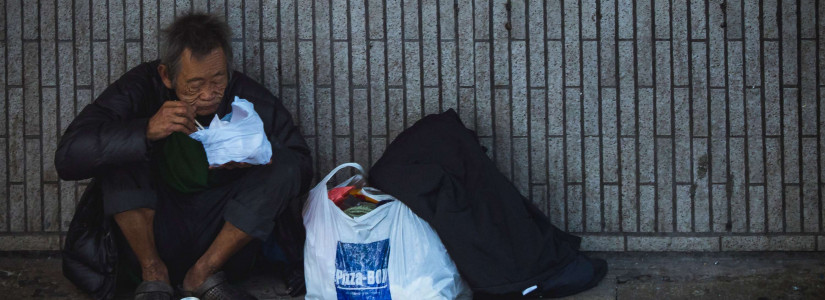How to Spot and Treat Squamous Cell Carcinoma Before it Becomes Deadly
With the 4th of July weekend kicking off, the summer season is well underway. As more people head outside to soak up the beauty and warmth of this time of year, it is imperative that you understand the dangers of the sun's harmful UV rays and how to protect yourself.
One of the biggest dangers of unprotected sun exposure is squamous cell carcinoma. Here is more information about this type of skin cancer and what you need to know about protecting yourself this summer.
What is Squamous Cell Carcinoma
Some people mistakenly confuse squamous cell carcinoma with basal cell carcinoma. While both types of carcinoma affect cells located on the surface of the skin, squamous cell carcinoma can develop in places not exposed to the sun. Conversely, basal cell carcinoma generally develops in more obvious areas. Squamous cell carcinoma can develop nearly anywhere, including on the soles of the feet, in the genital area, and inside of the mouth.
If left undiagnosed and untreated, squamous cell carcinoma can be deadly. According to the Skin Cancer Foundation (SCF), this type of cancer is responsible for the deaths of approximately 15,000 Americans each year. The good news is that this cancer is highly treatable if detected in its early stages.
Symptoms of Squamous Cell Carcinoma
One of the biggest dangers of squamous cell carcinoma is that it can grow very quickly. If left untreated for long, the carcinoma can invade other parts of the body as it spreads across the skin. Here are a few of the most common signs of squamous cell carcinoma.
- Sores that are not healing right
- Growths on the surface of the skin that resemble warts
- Rough, thick, and scaly patches of skin
- A sunken center on the surface of the skin
Causes of Squamous Cell Carcinoma
Because squamous cell carcinoma often develops in unusual places, its origins cannot simply just be traced back to too much sun exposure. In addition to the usual suspects that lead to unprotected sun exposure, this type of cancer is particularly vulnerable to tanning beds that radiate all areas of the body. Although squamous cell carcinoma is most prevalent in people with light skin, anyone is susceptible to this type of cancer.
Those individuals with weakened immune systems are also at an increased risk of developing squamous cell carcinoma. Without a strong immune system to fight off atypical cells, the body is not able to withstand the assault of the precancerous cells.
Treatment Options for Squamous Cell Carcinoma
If a dermatologist determines that the area of skin looks suspicious, they will order a biopsy for further testing. Depending on the results of the biopsy, they may need to remove the entire tumor. This is often enough to stop the spread of the cancer. If it is more advanced, there may be additional treatment options prescribed to you. Some of the most common treatment options include surgery, radiation, and topical medications.
Preventing Squamous Cell Carcinoma
It goes without saying that the number one way to prevent the development of squamous cell carcinoma is to limit your exposure to the sun. This includes avoiding tanning beds. If you are out in the sun, it is imperative that you take the proper steps to protect your skin from the sun's harmful rays.
During the peak hours of the sun, it is always a good idea to stay in the shade. You should also get in the habit of using a broad-spectrum sunscreen of at least 30 SPF daily. Be sure to apply this every few hours if you are out in the sun. This is particularly important if you are getting wet or sweating. You may also consider wearing protective clothing.
Understanding how this type of cancer develops and what are the symptoms to look out for will empower you to take charge of the health of your skin. It is important to consult the advice of a trained dermatologist if you notice any sort of abnormalities on the surface of your skin as soon as possible. Your life could depend on it.

















